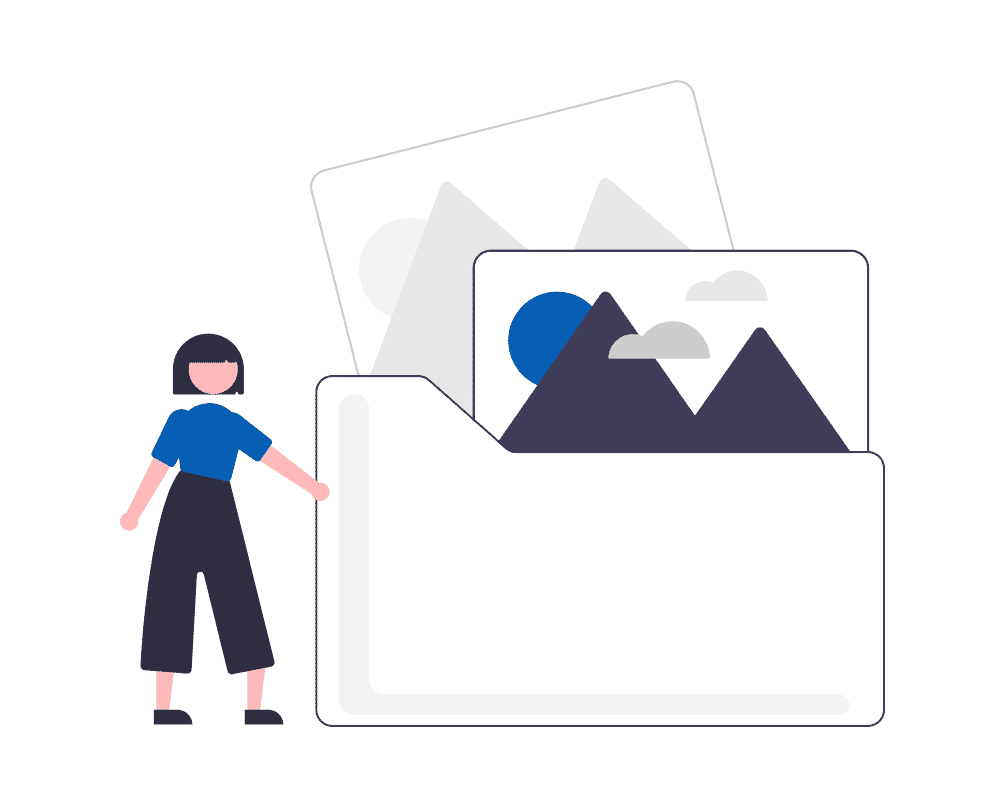
Digital Asset Management (DAM) is a powerful tool that enables businesses of all sizes to store, organize, and manage their digital assets in a central location. Whether you're a small startup or a large corporation, having a robust DAM system in place can provide a range of benefits to help streamline your workflow, improve efficiency, and enhance the overall quality of your digital content.
One of the primary benefits of using DAM is the ability to easily store and organize your digital assets. With a centralized hub, you can store all of your digital content in one location, making it quick and easy to search and find the assets you need. This eliminates the need for searching through multiple folders and websites, which can be time-consuming and frustrating. For example, a marketing agency can use DAM to organize and distribute images and videos for its clients, allowing the team to work more efficiently and providing a better experience for clients.
Another key benefit of DAM is the ability to easily share your digital assets with others. Whether you're working on a team project or need to share content with customers, a DAM system allows you to quickly and securely share your digital assets, making it easier to collaborate on projects and ensure that everyone has access to the same high-quality content. A media company, for instance, can use DAM to share and distribute its licensed images and videos with its clients.
Additionally, DAM provides users with the ability to track and monitor the usage of their digital assets. This feature allows you to see who has accessed and downloaded your digital assets, giving you the ability to ensure that your content is being used in a legal and appropriate manner. A pharmaceutical company, for instance, can use DAM to track and monitor the usage of its product images and videos, ensuring that they are being used within the terms of the licensing agreement.
Finally, DAM provides users with the ability to easily back up and protect their digital assets. By storing your digital content in a secure cloud-based system, you can ensure that your assets are safe and easily accessible, even in the event of a disaster or equipment failure. A retail company, for instance, can use DAM to store and protect its product images, ensuring that they are always available for e-commerce and print catalogues.
What is OneTimePIM and how does it enhance DAM capabilities?
OneTimePIM is a powerful tool that can enhance your Digital Asset Management capabilities. By integrating PIM with DAM, OneTimePIM provides users with a centralized hub to manage, organize, and share their digital assets, as well as their product information. OneTimePIM's integrated DAM allows users to easily store and organize their digital assets, including product images, videos, and other multimedia, all in one central location. This eliminates the need for searching through multiple folders and websites, making it easier to locate high-quality content. Additionally, the integrated DAM in OneTimePIM allows for the seamless sharing of digital content with colleagues or customers and provides users with the ability to track and monitor the usage of digital content.
The cost of implementing a DAM system varies depending on the specific features and capabilities required by the business. However, the return on investment can be substantial, as businesses can save time and money by streamlining their workflow, improving efficiency, and enhancing the quality of their digital content.
One of OneTimePIM's customers, a global retail company, was able to improve its workflow efficiency by 40% and increased its website conversion rate by 15% by using OneTimePIM's integrated DAM system to manage and distribute its product images and videos.
In conclusion, Digital Asset Management is a powerful tool for businesses looking to streamline their workflow and create a more efficient digital environment. OneTimePIM's integrated DAM system can provide additional benefits by allowing businesses to manage, organize and share digital assets alongside the product data.
You can find out more about OneTimePIMs implementation of our DAM here